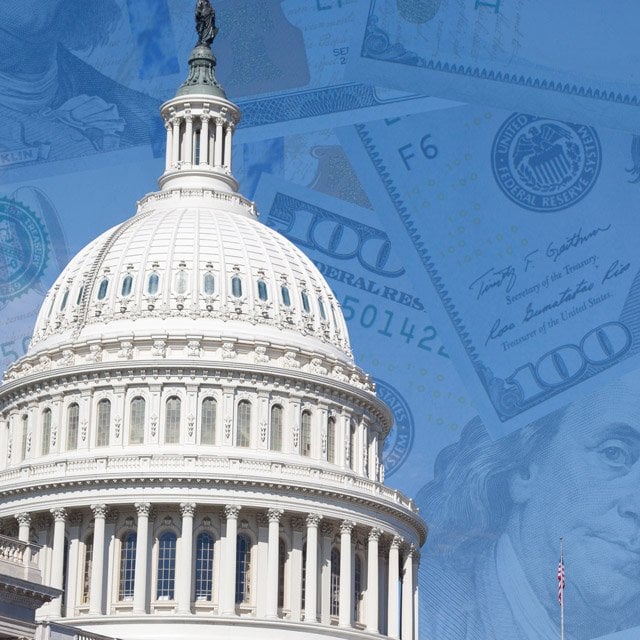5 Things Actuaries Are Saying About Death Now
1. Only about one-third of the people who die are ages 85 or older.
In 2017, 878,035 of the 2.8 million people who died were ages 85 or older. About 658,000 were ages 75 to 84, and about 532,000 were ages 65 to 74.
2. The "oldest old" U.S. residents looked worse in 2017.
When the CDC published mortality data for 2016, factors such as drug overdoses hurt the life expectancy of young adults and middle-aged adults. That year, the life expectancy for people ages 65 and older, and for people ages 85 and older, continued to improve. In 2017, the mortality rate for people ages 85 and older increased 1.4%. The only other age groups that had a worse increase in their mortality rates were the 34-44 age group, with a 1.6% increase in its mortality rate, and the 25-34 age group, with a 2.9% increase in its mortality rate.
3. Women are controlling diabetes better than men are.
In 1999, diabetes killed about 83 women for every 100 men who died from the condition. In 2017, female-to-male diabetes death rate ratio fell to 64 to 100. But the female-to-male mortality ratio for Alzheimer's and dementia increased to about 133% in 2017, from about 121% in 1999. For a look at female-to-male death rate ratios for five common conditions, see the data cards in the slideshow above.
4. Something went wrong with efforts to control diabetes in 2017.
In 2017, the overall mortality rate from diabetes, for both men and women, went in the wrong direction: It increased 2.1%. The overall diabetes mortality death rate fell 1.2% in 2016, and an average of 0.6% per year from 2011 through 2016.
5. Young adults in high-income counties have had problems.
The SOA team broke out separate data for age-adjusted death rates for counties in the top 15% in the United States in terms of income. When the SOA team created a table showing how the age-adjusted death rates changed each year from 1999 through 2017, for each age group and income group, they found that people ages 25 through 34 the suffered from the worst death rate change numbers. People ages 25 through 34 in the highest-income counties had the worst death rate change numbers of all. The age-adjusted death rate for all causes of death, for all Americans, improved an average of 1% per year. For all people ages 25 through 34, the age-adjusted death rate got worse: It increased an average of 1.5% per year. For people in the 25-34 age group in the counties in the top 15% in terms of income, the death rate deteriorated even more: It increased an average of 2% per year.
Resources
The SOA has posted the mortality observations report, and a collection of related spreadsheets, here. — Read Fastest-Growing Killers, on ThinkAdvisor. — Connect with ThinkAdvisor Life/Health on LinkedIn and Twitter.
© 2025 ALM Global, LLC, All Rights Reserved. Request academic re-use from www.copyright.com. All other uses, submit a request to [email protected]. For more information visit Asset & Logo Licensing.
Featured Resources
View All
Sponsored by Illinois Mutual Life Insurance Company
4 Reasons To Sell Simplified Issue Disability Income Insurance (SIDI)

Sponsored by Illinois Mutual Life Insurance Company
Simplified Issue Disability Income Insurance (SIDI): A Smarter Way to Sell and Protect







